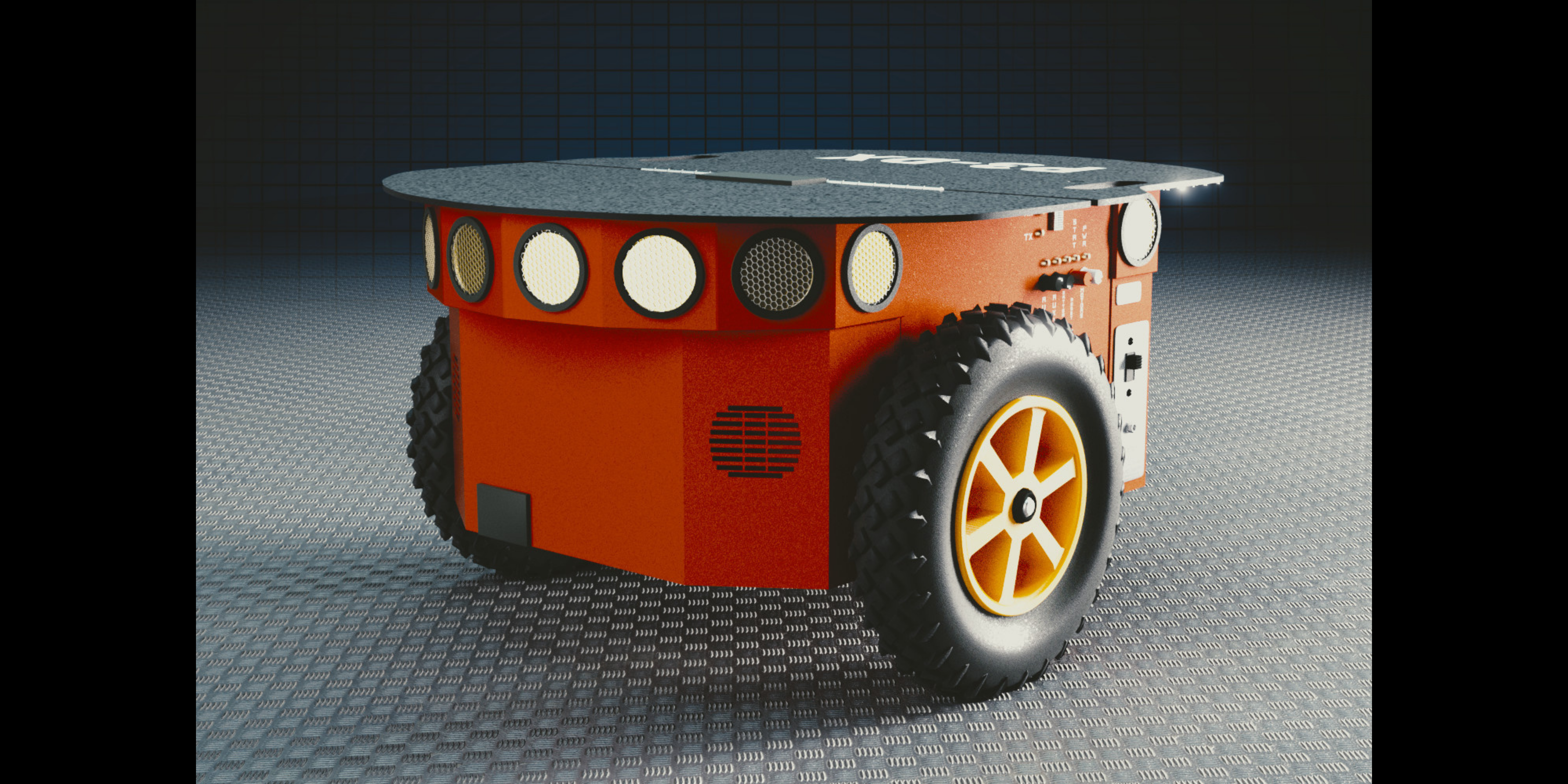



Project information
- Category: Simulation
- Function: Develop an autonomous navigation system.
- Project date: 2021- 2021
- Project URL: https://github.com/marcellabecker/desafiorobotica
PROJECT WEBOTS
Webots is an open source, cross-platform desktop application used to simulate robots.It provides a complete development environment to model, program and simulate robots.It is designed for professional use and is widely used in industry, education and
research.
The robot used was the Pionner which uses its 16 pre-installed distance sensors to obtain information from the world in all directions. And an additional sensor: the luminosity sensor that tracks the local irradiance and sends
a signal to the robot when it reads more than 750 W/m2, which means it is close enough to the floor lamp to trigger the STOP.
CONTROLE
The robot's navigation on the map is based on a 4-state machine that determines whether it should move forward, turn left, right or stop when you reach your end goal.
Thus, the division was made in four cases, they are:
FORWARD: It walks forward and if there is an obstacle ahead it starts making the decision to turn in any direction to avoid it.
LEFT: Turn left until object detection is no longer possible;
RIGHT: Turn right until object detection is no longer possible;
STOP: When the light sensor detects the configured amount of luminosity (in this case 750 W / m2), the robot must stop.
Also part of the control is the light sensor that was added to complete the challenge, this sensor activates the STOP state when it detects a brightness greater than 750 W/m2 and thus the challenge is completed.
The photos show the pioneer starting, arriving in the luminous area and stopping at the correct time, thus completing the proposed challenge.
